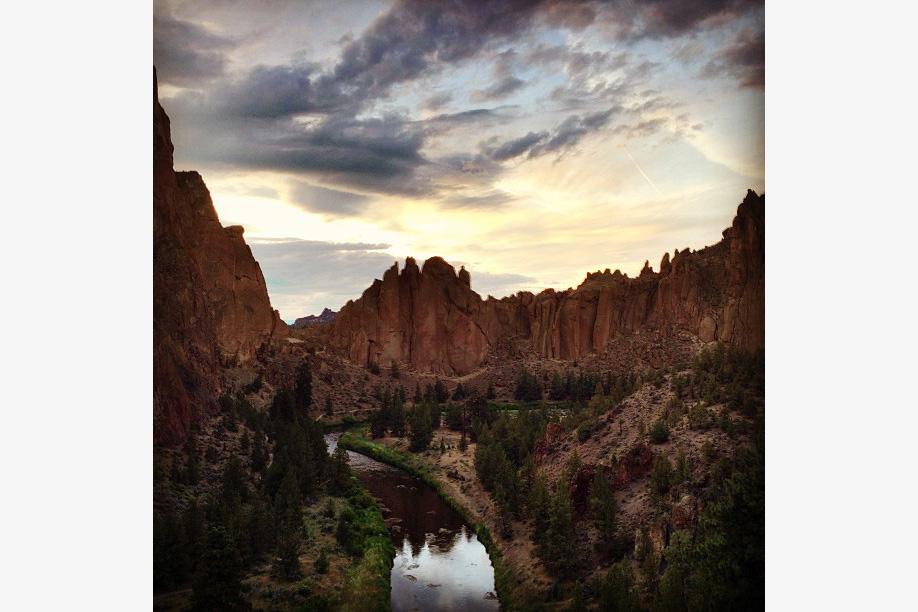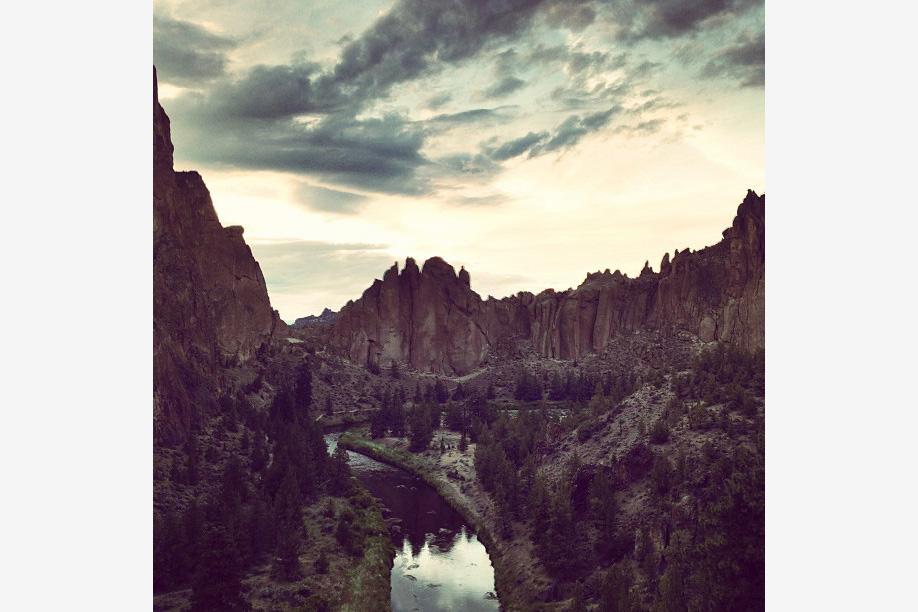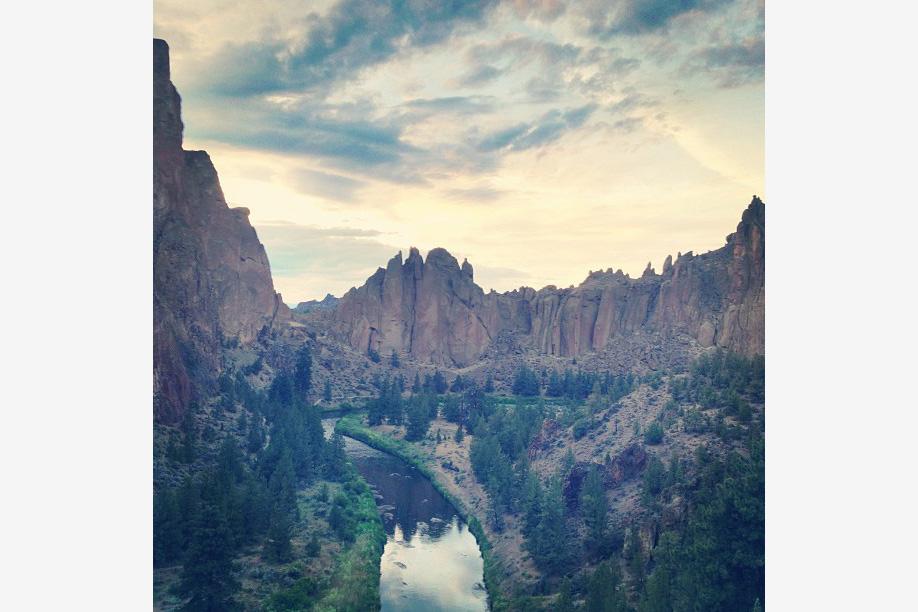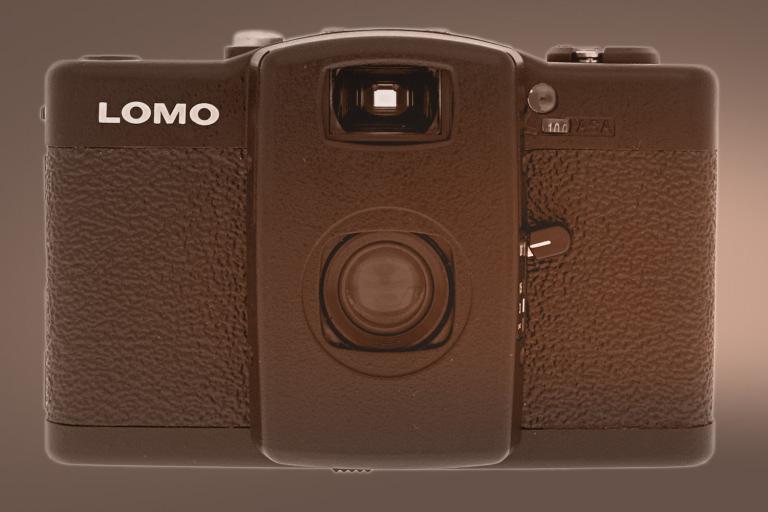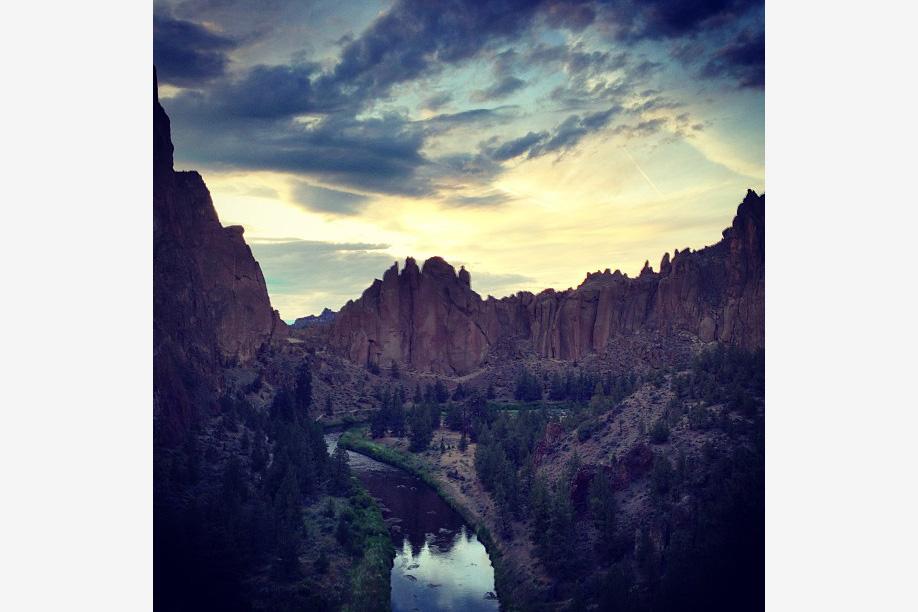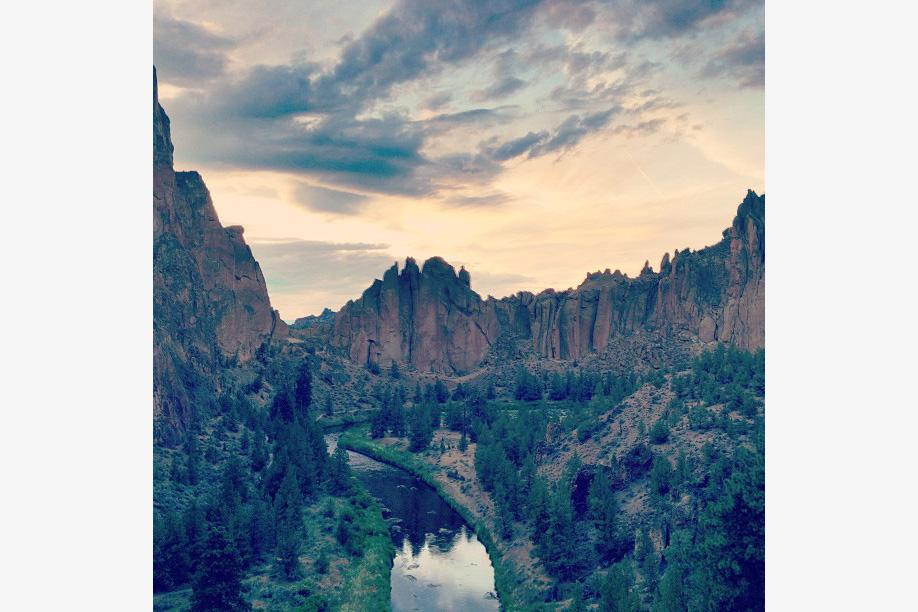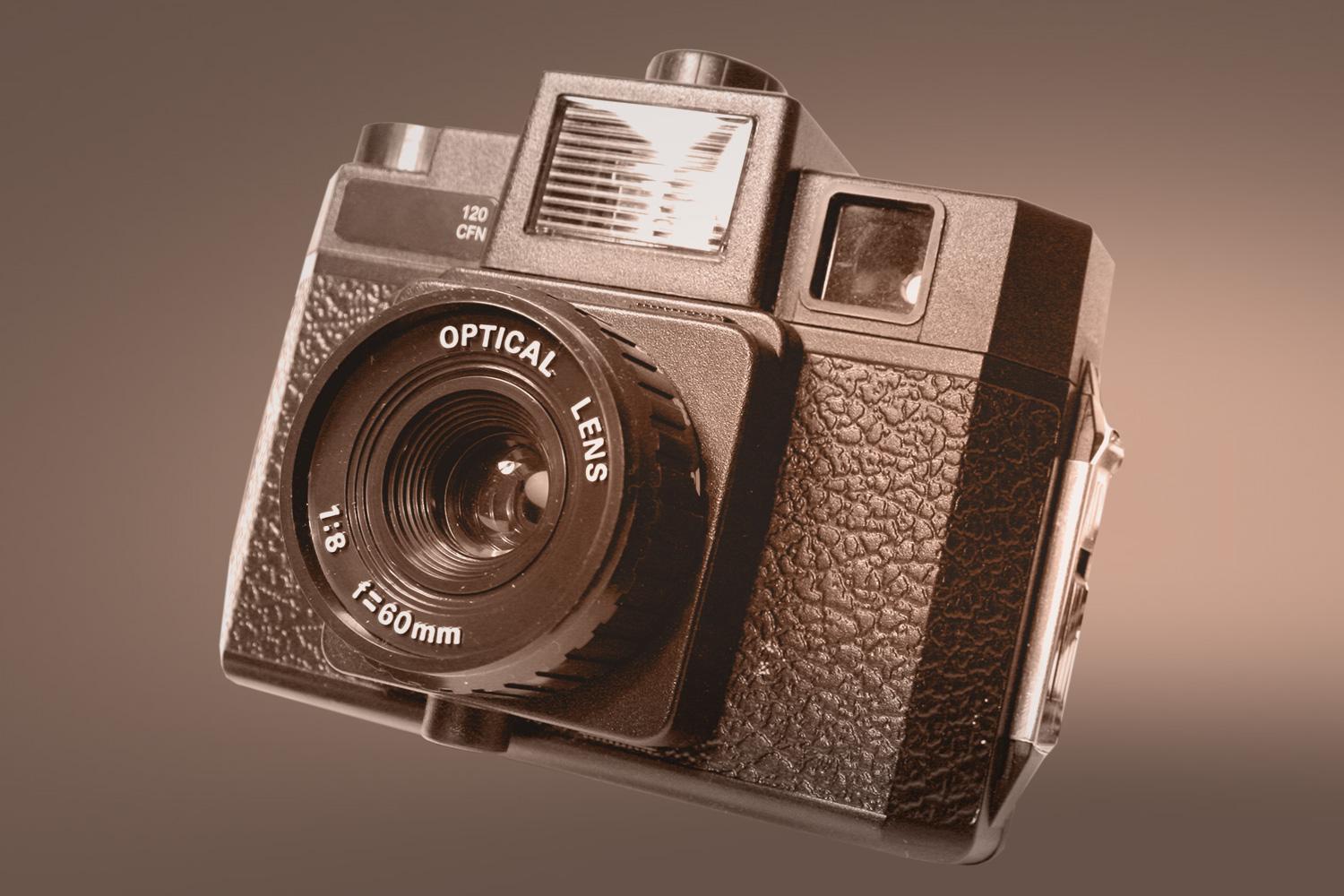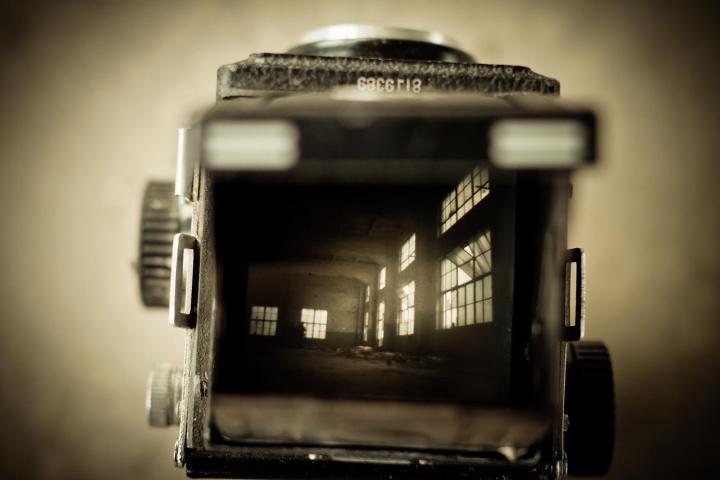
If you’re one of the 100 million monthly active Instagram users, chances are you apply some type of filter onto your photos. According to findings by Marketo, these filters, which add a vintage feel to your photos by tweaking the exposure and saturation levels, say a lot about who you are (read more about that here). But what you may not know is that many of these filters were inspired by real film cameras from the past.
The folks at photo sharing site 1000memories put together a list of filters that match the photo results of a particular old-school camera. To conduct their research, they played with various combinations of cameras and film types until they hit the right match. Here, we take a look at some of those cameras that’s given us the most popular Instagram filters used today. You can keep faking it with a filter, or pick up one of these old-timey shooters to create the real thing.
Polaroid SX-70
Filters: Earlybird, Hefe, Brannan, Walden

- 1. Earlybird
- 2. Hefe
- 3. Brannan
- 4. Walden
The SX-70 was an instant film SLR camera that collapsed into itself when closed, forming a leathered brick that could fit inside a coat pocket – if you jam it in hard enough. It was one of the early advanced (and expensive ) models in Polaroid’s history, and was manufactured between 1972-1977. The SX-70 had a 116mm f/8 lens with shutter speeds from 1/175th of a second to more than 10 seconds. Innovations include a sonar autofocus system that used sound waves (found in later models), and it was powered by a battery built into the film pack.
Where to get one: You can find various models on eBay, but Photojojo is selling limited editions of restored originals for $350 to $390.
Lomo LC-A
Filter: X-Pro II
Unveiled in 1984 by Russian optics company, Leningrad Optical Mechanical Association (LOMO), the LC-A (short for Lomo Kompakt Automat) was a 35mm fixed f/2.8 lens camera that was manually operated with the exception of exposure. The camera had a shutter speed of 1/500th of a second to 2 minutes. Although production ceased in 2005, a follow-up model called the LC-A+ was introduced in 2006 when production moved to China. The LC-A+ has some advancements over the Russian classic, like multiple exposures, ISO of up to 1,600, and an optional cable release.
Where to get one: The LC-A is alive and well. It’s one of the highlight products at Lomography (whose name was inspired by the company). You can find refurbished original LC-As and new production LC-A+ models, starting at $200.
Yashica Mat 124
Filter: Nashville
Is there anything more old-school-looking than the Mat 124? This Japanese twin lens reflex (TLR) camera was only made between 1968-1971. A TLR uses two lenses with the same focal length (3.5 feet to infinity in the Mat 124), one to snap the photo while the other is used for the viewfinder. The two lenses were 80mm f/3.5, and on the side was a crank used to advance the film; the Mat 124 used either 120 or 220 film. Great for portraits.
Where to get one: EBay is your best bet, although you can most likely find them in specialty camera shops.
Holga
Filter: Lomo-Fi/Lo-Fi, Gotham (defunct)
Despite the European-sounding name, the Holga was a cheap medium-format camera from Hong Kong that used 120 film. It was notable for creating surreal-looking photos. Everything about the photos were imperfect due to light leakage and shoddy construction – and photographers loved it because of that. It had a 60mm plastic lens and an aperture switch that lets you choose either f/11 or 4/8. It had only one shutter speed of 1/100th of a second. Thanks to Lomography, the Holga has gained renewed interest for its whacky but lovable photo quality.
Where to get one: Lomography sells variants of the Holga, including one that shoots 3D. Most cost less than $50.
Diana
Filter: Poprocket (defunct)

The Poprocket was a popular filter, but it has since been removed from Instagram. Nonetheless, it’s worth writing about the Diana that inspired it. Another popular toy model at Lomography, the first Diana was made in the 1960s by the Great Wall Plastic Factory in Hong Kong. According to historians, the Diana was used as giveaway prizes. The original used 120 film, although new reproductions, called the Diana+, use both 120 and 35mm. A modern variant called the Diana F+ also uses interchangeable lenses. Like the Holga, it was poorly constructed and took dream-like photos – things that its fans found appealing.
Where to get one: You can easily find reproductions at Lomography. Originals are rare or possibly extinct.
(Camera images courtesy of Shutterstock, Inc. All rights reserved.)

